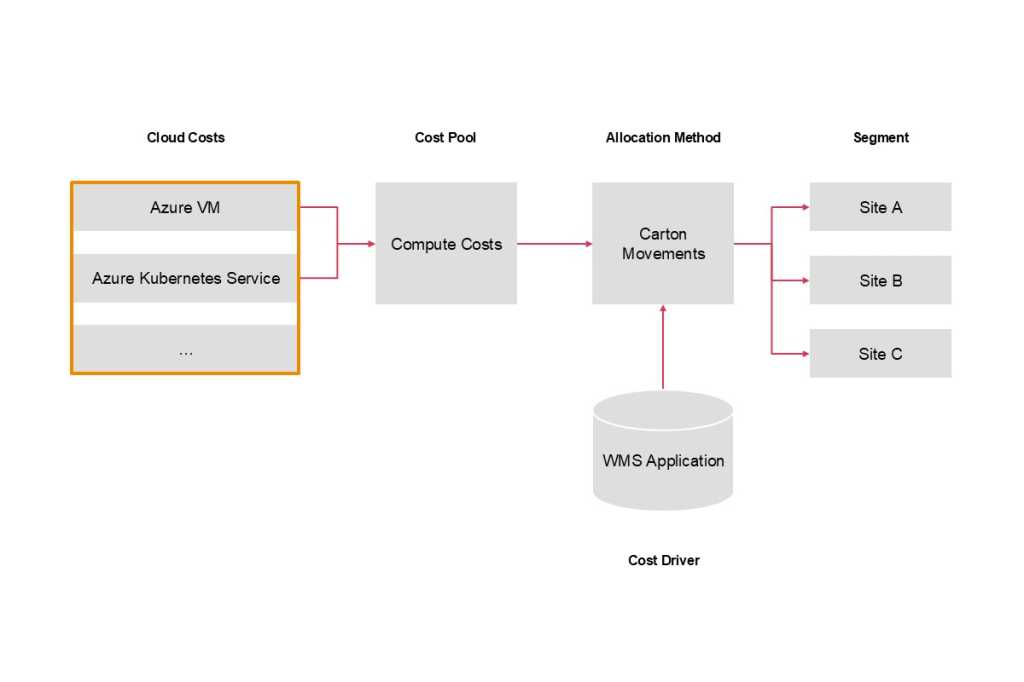Cloud can unlock new capabilities to strategically drive the business. As a result, organisations are continually investing in cloud to re-invent existing business models and leapfrog their competitors. As cloud spending rises due to AI and other emerging technologies, Cloud FinOps has become essential for managing, forecasting, and optimising costs. What began as a need to navigate complex pricing models to better control costs and gain efficiency has evolved into a focus on demonstrating the value of cloud through Unit Economics.
Unit Economics (as defined by the FinOps Foundation) “bridges the gap between what an organisation spends on cloud and the fundamental value that cloud spending creates.” Understanding this relationship is crucial in providing valuable context on cloud expenditure.
Navigating Unit Economics to unlock business insights
Ultimately, Unit Economics helps enable more meaningful conversations with the wider business. As a CIO, Unit Economics should allow you to articulate how the level of work performed in the cloud is driving the cloud cost. We have found that it’s much easier to have a conversation on cost when it is viewed through the lens of product/service or customer profitability than it is to explain why your AWS Elastic Compute Cloud (EC2) instance cost has risen with only the prior months spending as a comparison. If it’s clear that the system is supporting a high level of processing or customer activity, a higher level of spend could be construed as good spend particularly if it can be explained that the unit cost has decreased.
Although measuring Unit Economics across organisations is challenging due to various limitations and assumptions, we can further explore its role in both digital-native and traditional businesses.
Unit Economics in a digital-native business
Where a business is delivering digital services to its customers, Unit Economics can get closer to the marginal cost of providing these services and looking at customer profitability. Fig 1. Shows how the allocation of AI cost (for services such as AWS Bedrock or GCP Gemini) would be allocated for an organisation that sells subscriptions to their end customers, based on the number of queries made by each end customer.

PwC
Unit Economics in a traditional business
In a traditional (or brick-and-mortar) business, cloud resources often play a “supporting role” and consequently the units of work that are meaningful to the business will often differ. Fig 2. Shows the allocation of compute costs supporting a Warehouse Management System (WMS) across three sites, based on the number of carton movements (receipt, store, pick, dispatch) executed at each site, effectively measuring the “cloud cost per carton.”

PwC
Building a unit cost model
Building a Unit Economic model for all cloud resources can be a daunting prospect, therefore it’s better to start with a smaller pilot, to help demonstrate the feasibility of obtaining the data and value of preparing Unit Economic metrics.
Building the model is an iterative process that needs to involve the business. The biggest challenge we often face is that cost drivers will be application-level data, which can create a trade-off between the granularity of the model and the cost of obtaining the data. It is therefore not advisable to seek 100% accuracy. You must also consider how the data must be segmented, between legal entities, physical locations, market channels, customers, etc. to make it meaningful to the business.
The key is to link the “economic activity” or “behaviour” driving cost to the cloud resources, not build a comprehensive model for all costs. Often there will be other areas of the organisation such as Management Accounting and Transfer Pricing, that already have complex costing models, so rather than reinvent the wheel, a simple, well-understood Unit Economic model might be more powerful than a complex but theoretically more “accurate” or “complete” model.
Having built the model, the next step would be to build an enduring solution that can periodically report on Unit Economics. Such a solution should follow cloud best practices and leverage the many connectors available to access application-level data.
Conclusion
Unit Economics can unlock deeper conversions with the business moving beyond the total cost of cloud, to the value delivered and the behaviours that drive these costs. As a CIO, your objective should be to explain cloud costs in a language that is understood by the wider business, such as cloud cost per customer or cloud cost per product delivered. Starting small, adopting agile practices, and balancing utility with cost can help you unlock these opportunities.
To learn more, visit us here
To find out more about Reggie Kelley, click here
To find out more about Kelvin Russell, click here
Read More from This Article: From cloud spend to cloud value: The power of Cloud Unit Economics
Source: News

